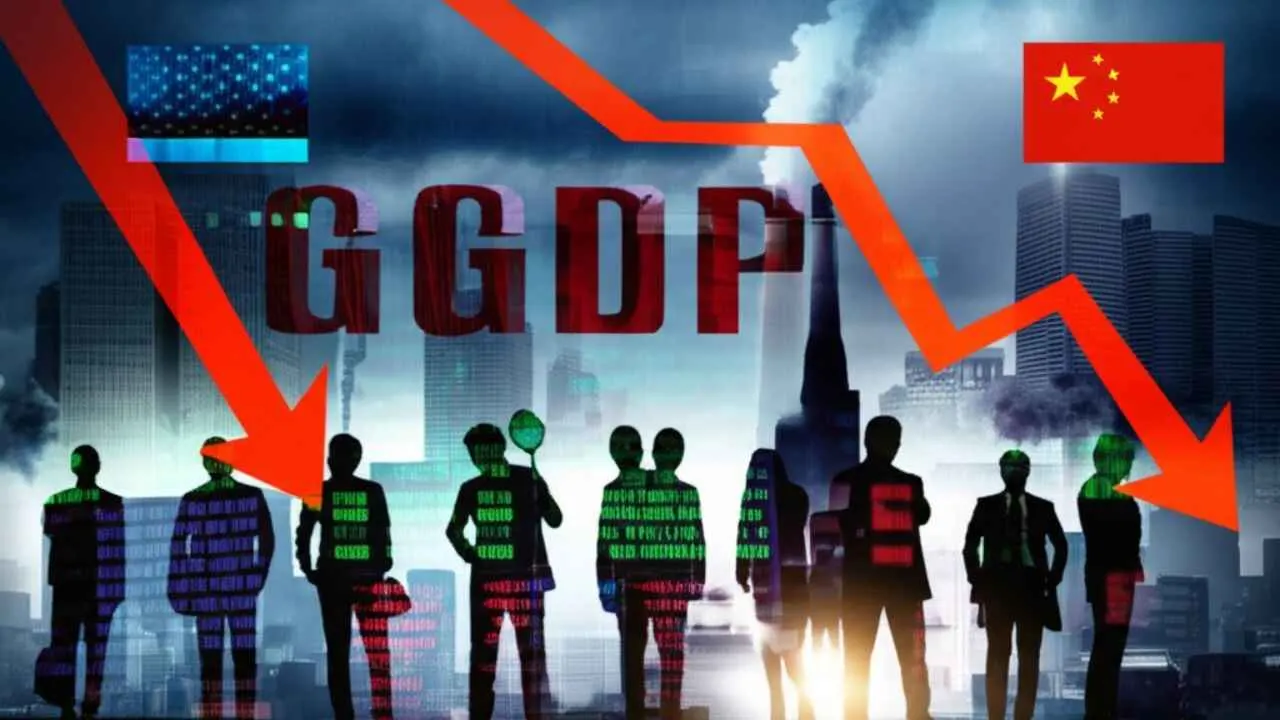The first time in three years, the United States—the world’s largest economy—has posted a quarterly contraction in gross domestic product (GDP), triggering alarm among economists and policymakers at home and abroad.
According to data released by the U.S. Commerce Department, the nation’s GDP shrank by 0.3% in the first quarter of 2025, a stark reversal from the 2.4% growth recorded in the same period last year. Economists had forecast a modest 0.3% uptick for the January-to-March window, but instead, the numbers veered sharply into negative territory, signaling potential turbulence ahead for both the American and global economies.
This marks the first quarterly decline since the early months of the COVID-19 pandemic in 2020. While not yet indicative of a full-blown recession, the drop has raised concerns about the underlying health of the U.S. economy and its ripple effects across global markets.
Trade Deficit and Tariff Tensions
Several factors have contributed to the downturn. Chief among them is a widening trade deficit, driven in part by a surge in imports of high-value goods such as gold, electronics, and industrial raw materials. These imports, while indicative of ongoing consumer and corporate demand, have weighed heavily on GDP calculations.
Another significant drag has come from escalating trade tensions with China. In a bold move earlier this year, the Trump administration imposed a sweeping 145% tariff on a broad range of Chinese imports. While aimed at protecting domestic industries, the policy has had immediate inflationary consequences, driving up costs for American businesses and consumers alike.
“The trade war is back, and it’s biting harder than ever,” said Sarah Lin, a senior economist at the Brookings Institution. “Tariffs of this scale disrupt supply chains, distort prices, and dampen corporate sentiment.”
Indeed, business confidence has slumped to a five-year low, with major airlines and manufacturing firms scaling back their 2025 projections. Sectors once buoyed by post-pandemic recovery are now treading cautiously amid an unpredictable policy environment.
A Late-Stage Policy Shift
In a bid to soften the economic blow, the Trump administration recently issued an executive order exempting certain automobile parts and industrial components from the new tariffs. While the move offers temporary relief for select industries, analysts argue it may be too little, too late.
“Investor confidence is built on stability and foresight,” said Mark Evers, a policy analyst at the Peterson Institute for International Economics. “Reactive measures don’t inspire trust in long-term planning.”
Global Ramifications: India Watches Closely
The economic jitters in Washington are already echoing across international markets. India, which counts the U.S. as its largest trading partner, could face serious implications if the downturn deepens. A slowdown in American consumer demand may undercut Indian exports, particularly in key sectors such as IT services, pharmaceuticals, and jewelry.
Financial analysts also warn of potential volatility in India’s financial markets. A weakening dollar could pressure the rupee, while uncertainty surrounding U.S. economic policy may fuel fluctuations in the Nifty and Sensex indices.
“This is a moment for India to remain vigilant,” said Radhika Menon, a Mumbai-based economist. “The current decline is not just an American issue—it’s a global one.”

A Crossroads for U.S. Policy
With inflationary risks looming and investor sentiment on edge, many are calling for a recalibration of U.S. economic strategy. If the current tariff-heavy approach persists, experts warn it could stifle growth, strain international partnerships, and hamper the very industries it aims to protect.
For now, the world is watching—and waiting. Whether this economic dip is a temporary stumble or the start of a more serious downturn remains to be seen. But one thing is certain: what happens next in Washington will have consequences far beyond American shores.
Would you like a breakdown of how this might impact specific global markets or sectors?
